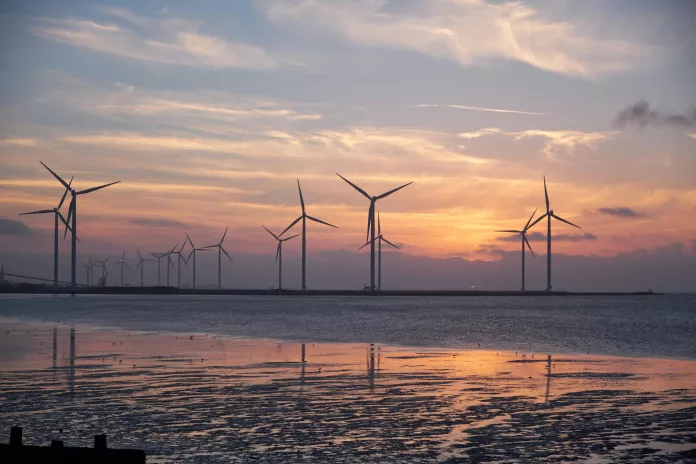Picture this: immense turbines, devoid of towering masts, dancing like colossal carousels upon the ocean surface. Their rotating blades encircle a vertical axis, distinguishing them from traditional wind turbines. This novel design, envisioned by the masterminds at Sandia National Laboratories, is more than just an aesthetic departure. It heralds a significant technological evolution in the floating wind industry.
Unveiling the Towerless Turbine
Sandia National Laboratories, under the U.S. Department of Energy, has been pioneering vertical axis wind turbine research since the 1970s. They broke new ground with the ARCUS project, a visionary 22-megawatt turbine concept. Its strength lies in recognizing that the real cost-cutting potential in floating wind lies outside the turbine technology itself—which only represents a mere 20% of the total cost. Therefore, addressing the remaining 80% associated with auxiliary floating platform systems can unlock substantial cost reductions.
Why Vertical Axis Wind Turbines?
The team at Sandia chose the vertical axis approach for good reason. Compared to their horizontal cousins, vertical axis wind turbines (VAWTs) don’t require towering structures to prevent their blades from colliding with the ground. This key trait means the support structure can be compact, less massive, and thus less costly—perfect for the undulating marine environment. Further stability comes from housing the drive train at the base, close to the floating structure, fine-tuning aerodynamics and simplifying maintenance processes.
Turning the Tide with Tension Leg Platforms
Dr. Brandon Ennis of Sandia’s Wind Energy Computational Sciences Department highlights two factors critical to the VAWT’s suitability for marine settings. Besides the optimal mass properties of vertical axis systems for floating applications, the advent of tension leg platforms in the oil and gas sector offers a lighter, adaptable foundation that meshes beautifully with the design objectives of ARCUS. These platforms could be a game-changer for floating turbines, even though their use has been limited so far.
The Disappearing Tower
So, what became of the familiar turbine tower in the ARCUS vision? It was made redundant. The Sandia team scrutinized the physics of their chosen Darrieus design—nicknamed “eggbeater” turbines for their distinctive vertical, curved blades—and concluded that the tower contributed significant mass without aiding energy capture. ARCUS eliminates the tower, opting instead for pre-stressed, tension-held blades—much like a bow—drastically reducing mass by 50% while providing refined rotor area control.
Paving the Way for Cost-Effective Offshore Wind
Sandia’s exhaustive technical and economic analysis of ARCUS is now publicly accessible, complete with a US patent (11,421,650 B2). Among the advantages touted are the structurally efficient use of materials, controlled rotor area for reducing loads in high winds, compatibility with tension-leg platforms, and a strikingly competitive estimated Levelized Cost of Electricity (LCOE) at $55/MWh. This remarkably low cost could accelerate the floating wind industry’s advancement by a decade or more.
Aiming for Market Maturity
Anticipating the trajectory of this emerging sector, the ARCUS team envisions an expedited progress through the cost curve, drawing the floating offshore industry into maturity swiftly. They underscore the system’s potential to undercut costs estimated by the National Renewable Energy Laboratory for both conventional fixed-bottom and floating wind turbines. At $55/MWh, ARCUS not only promises financial advantages but also hopes to spark interest among private sector partners to elevate the technology even further.
For successful commercialization, ARCUS isn’t going it alone. Collaborations with industry specialist FPS Engineering & Technology, as well as certifications from the American Bureau of Shipping, ensure the project is both technically robust and well-integrated with marine regulations and standards.
The ARCUS project exemplifies a disruptive leap in the field of sustainable energy. Its towerless, tension-oriented design stands as a testament to pioneering efficiency and ingenuity, representing a pivotal moment in offshore wind development.

























